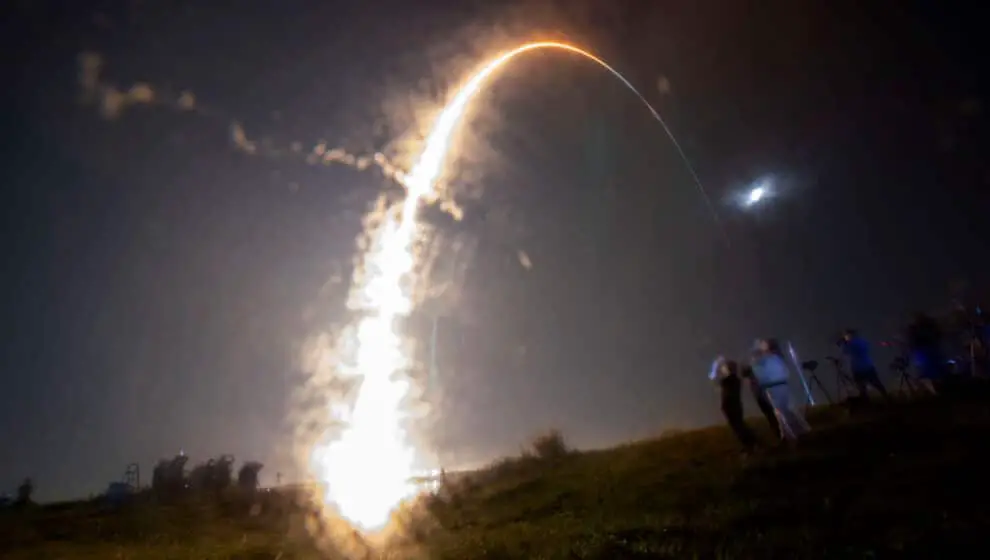Space could become the next revolutionary market for investors—after NASA successfully leads the charge.
Key Details
- There is a burgeoning space economy that NASA hopes to bring into existence within the coming decade, as the planned moon landings open up the earth’s closest planetary body as a place for scientific exploration, tourism, and resource mining.
- NASA’s plan is to develop moon bases and keep astronauts on the moon for long periods in specific human habitats and laboratories before ramping up other industries—but it isn’t going alone.
- Private firms and startups, such as SpaceX, Intuitive Machines, Astrobotic Technology, Ispace Inc., SpaceIL, Redwire Space, Aquarian Space, and Astrotech Space Operations, are working to develop support technologies for NASA—providing space suits, habitats, communication technologies, power, and transportation to and from the moon.
Why It’s Important
There is a great deal of money to be made in space. The World Economic Forum has calculated the space economy could be worth more than $469 billion, and fostering commercial partnerships with private companies helps bring new companies into the process. Artemis I had three primary subcontractors—Boeing, Aerojet Rocketdyne, and Northrop Grumman—but dozens of companies and space agencies from around the globe produced components and assisted with the rocket’s construction.
“The idea is that NASA will eventually become a customer, buying space on these spacecraft once they’re complete, which the companies could then use to earn additional revenue by carrying cargo for other paying customers,” says Bloomberg’s Loren Grush.
Backing Up A Bit
SpaceX has already become one of NASA’s largest partners, regularly ferrying astronauts to the International Space Station, launching government satellites, and using government launching facilities like Kennedy Space Center. SpaceX is set to have a significant role in the Artemis Program, having signed contracts in April 2021 and November 2022 to use its upcoming Starship heavy-lifting vehicle in a support role on Artemis IV. As we reported last week, NASA signed an additional contract with SpaceX for launch support.
We also recently spoke with Aquarian Space CEO Kelly Larson, whose company is attempting to provide internet access to the moon in support lunar missions. “It took a while to get investors on board but it’s finally happening and the public is starting to get it. The moon is going to get very busy very fast in the next decade. As things get up there and more real, it’s only going to increase,” says Larson.
The Problem
While at least $781 million has been invested by private equity in space startups and support companies, the entire space economy is currently waiting on NASA to take the first step. The Artemis Program was announced in 2017 and saw multiple cost overruns and delays until the launch of Artemis I in November 2022—making it one of the most expensive rocket launches in history at $4.1 billion.
As we previously reported, Artemis II is already behind schedule for its launch window of late 2024. NASA made cost-cutting on the already-overpriced Space Launch System rocket somewhat of a priority and attempted to fill a hole in the budget by refurbing parts from the returning Artemis I Orion Capsule. The process could delay Artemis II until late 2025, pushing the manned moon landing with Artemis III to 2026 or 2028.
The entire space economy is waiting for NASA to open the gates and allow private space to follow in its footsteps, making it cheaper, more efficient, and commonplace in the long term. It can only make plans once NASA has gotten there first.
Notable Quote
“The first barrier is: can they get there? Then it’s: can they get there routinely and reliably? …It’s a much higher risk. There’s risk squared, or even risk cubed. You’re investing in something, but it’s depending on something else being developed at the same time. You’re assuming ecosystem risk,” Space Capital managing partner Chad Anderson told Bloomberg.
